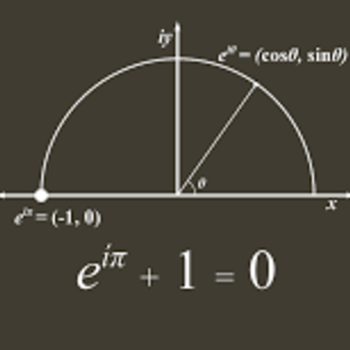How do you find the vertex?
#y=x(x-2)#
2 Answers
See below
Explanation:
I assume you meant x(x-2)=0. Expressions like the one you wrote don't have vertices because they can't be graphed on a two-dimensional graph.
First, expand the expression on the left using the distributive property:
Now, you can write the expression in standard form:
To find the axis of symmetry, on which the vertex lies, use the equation
To find the y-coordinate of the vertex, substitute the x-coordinate into the equation:
So the vertex of
The vertex is
Explanation:
Given:
Expand the right-hand side.
This is a quadratic equation in standard form:
where:
To find the vertex of a quadratic equation in standard form, use the formula for the axis of symmetry to find the x-coordinate. Then substitute the
Substitute
The vertex is
graph{y=x^2-2x [-10, 10, -5, 5]}



